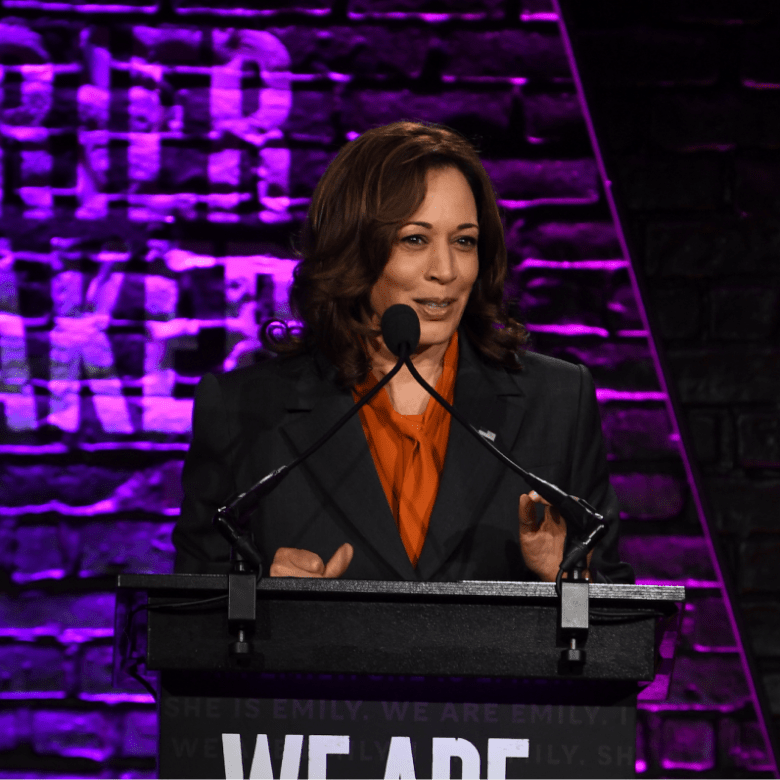Women reach new heights in state legislatures
February 15, 2017
The Hill: Women reach new heights in state legislatures
By, Reid Wilson
A century after Jeannette Rankin became the first woman elected to the House of Representatives, the number of women in elected office is reaching new heights — though their progress remains far behind other Western democracies.
There are 1,830 women serving in state legislative bodies across the nation this year, according to statistics compiled by the National Conference of State Legislatures. That means women hold 24.8 percent of the 7,383 seats in the country’s 99 state legislative chambers.
It’s a higher percentage of women in legislative office than ever before, though it represents only a fractional increase from the previous zenith, in 2010, when 1,808 women held legislative seats.
“These are really just blips in what looks like a flat line,” said Jennifer Lawless, director of the Women and Politics Institute at American University.
Women in state legislatures are more likely to be Democratic than Republican: There are 1,109 Democratic women in state legislatures, compared with 704 Republicans. There are also four members of minor parties, and 13 women in Nebraska’s nonpartisan, unicameral legislature.
A little more than a third of all Democratic state legislators are women, according to data from the Center for American Women and Politics at Rutgers University. Fewer than one in six Republican state legislators are women.
But Republican women have made gains in recent years, given that in 2009 only 519 Republican women served in state legislatures.
“We had more women run this year than we’d ever had, in my recollection,” said Linda Upmeyer, a Republican and the first woman to serve as speaker of Iowa’s state House. “We do see more women running. We do see more women engaged. The women that run are very likely to be successful.”
Upmeyer is one of six women serving as House speakers, along with colleagues in Colorado, Maine, Oregon, Tennessee and Vermont.
Women run state Senates in Kansas, Minnesota and Rhode Island, as well. All told, 66 women hold positions in the top rungs of legislative leadership, be they majority or minority leaders, or pro tem officers.
Lawless said women are no more or less likely to win political office than male candidates. Experts agree that the reason more women aren't winning elections is because few women choose to run.
“We aren't seeing a real increase in the number of women running every cycle. That's reflected in the number of officeholders at the end of the day,” said Debbie Walsh, director of the Center for American Women and Politics. “We need more women running. That falls somewhat on the women themselves, to run, and that falls somewhat on the gatekeepers, in the recruiting of candidates.”
Both Democrats and Republicans have launched programs specifically targeted at electing women to state-level offices.
EMILYs List, the Democratic fundraising group that aids pro-abortion rights candidates, operates Focus 2020, which aims to recruit and train candidates, especially in states where Democrats hold narrow majorities or are within reach of taking control.
The group held a candidate-training program for 500 women in Washington the day after hundreds of thousands of people marched in opposition to newly inaugurated President Donald Trump. EMILYs List hopes that training event and others like it across the country, will lead to a surge of new female candidates in the next few years.
“We had heard from thousands of people since this election who came to us proactively, unsolicited, who said they wanted to run for office,” said Rachel Thomas, an EMILYs List spokeswoman.
On the right, the Republican State Leadership Committee’s Right Women, Right Now program has helped 385 female candidates run and win state office since its inception in 2012. Nine of those women are lieutenant governors; one, Iowa Lt. Gov. Kim Reynolds (R), will soon become her state’s first female governor, when Gov. Terry Branstad (R) leaves to become Trump’s ambassador to China.
“This is helping to build a bench of future leaders who are going to be governors, be congressmen, be senators, be president,” said Ellie Hockenbury, an RSLC spokeswoman.
If the first female president rises through the ranks via a state legislative seat, she is more likely to come from Western and Northeastern states, which have better track records of electing women than Southern states.
Colorado and Vermont have routinely ranked at or near the top of the number of women in elected office, though Vermont is one of only two states that has never sent a woman to Congress.
Nevada, where 40 percent of legislators are women, currently holds the crown.
On the other end of the spectrum, fewer than 15 percent of legislative seats are held by women in Wyoming, Oklahoma, Mississippi, Alabama, South Carolina and West Virginia.
Women hold a larger share of seats in legislatures than they do in Congress: 21 members of the United States Senate are women, while women account for 83 voting seats in the U.S. House of Representatives, or 19 percent.
A hundred years after Rankin, a Montana Republican, became the first woman to serve in Congress, the 115th Congress is the second in a row in which women hold more than 100 of the 535 seats. Women have held at least 50 seats in every Congress since 1993.
But compared to other Western democracies, the number of women in U.S. elected office is woefully low. More than 40 percent of parliamentary bodies in Finland, Norway and Sweden are made up of women. More than 30 percent of those holding seats in Denmark, Germany, Switzerland, New Zealand, Austria and the United Kingdom are women, according to World Bank statistics.
“There are 100 nations that surpass us in terms of the number of women in the national parliament,” Lawless said. “And our numbers have gotten worse.”
